No products in the cart.
5-MAPB crystal rocks
€10.95
5-MAPB is an amino-methylated derivative of 5-APB , an amphetamine-like designer drug. The physiological and toxicological properties of this compound have not been evaluated. This product is intended for forensic and research purposes.
Purity: 97.0%
| 1 Gram | €10.95 |
| 3 Grams | €27.95 |
| 5 Grams | €39.95 |
| 10 Grams | €74.95 |
| 25 Grams | €159.95 |
5-MAPB crystal rocks – More information
5-(2-methylaminopropyl)benzofuran (abbreviated 5-MAPB) is a synthetic entactogen of the substituted benzofuran class of chemicals, which are known to produce euphoric, entactogenic, stimulating and mildly hallucinogenic effects. These include such MDA-inspired substances as 5-APB, 6-APB and 5-EAPB, among others. 5-MAPB is the N-methylated form of 5-APB, analogously to how MDMA is the N-methylated form of MDA.
This compound is known for its stimulating, euphoric and entactogenic effects that is capable of acting a quasi-substitute for MDMA proper, which has resulted in its rise in popularity as a research chemical that is easily accessible through the use of online vendors. It has been sold as a designer drug since 2010.
5-MAPB is commonly found as the succinate and hydrochloride salt. The hydrochloride salt is 10% more potent by mass so doses should be adjusted accordingly.
clinical data
| Common names | 5-MAPB |
| Substitutive name | 5-(2-methylaminopropyl)benzofuran |
| Systematic name | (1-(benzofuran-5-yl)-N-methylpropan-2-amine) |
| Psychoactive class | Entactogen |
| Chemical class | Amphetamine / Benzofuran |
5-MAPB dosage table
| Threshold | 20 – 40 mg |
| Light | 40 – 60 mg |
| Common | 60 – 80 mg |
| Strong | 80 – 100 mg |
| Heavy | 100 mg + |
5-MAPB effect progress
| Total | 5 – 8 hours |
| Offset | 1.5 – 3 hours |
| After effects | 6 – 48 hours |
Chemistry
5-(2-methylaminopropyl)benzofuran, or 5-MAPB, is a substituted benzofuran and phenethylamine. It is comprised of an N-methylated ethylamine chain and a furan ring attached to a central benzene ring. It can also be classified as a derivative of methamphetamine because the N-methylated ethylamine chain is alpha methylated in an analagous manner. Molecules of the amphetamine class contain a phenethylamine core featuring a phenyl ring bound to an amino (NH2) group through an ethyl chain with an additional methyl substitution at Rα. The oxygen atom in the furan ring is placed at the 5 position, which generally constitutes more stimulating effects than when the oxygen is placed at the 6 position, which usually renders it more psychedelic in effect.
Toxicity
The toxicity and long-term health effects of recreational 5-MAPB use do not seem to have been studied in any scientific context and the exact toxic dosage is unknown. This is because 5-MAPB has very little history of human usage. Anecdotal evidence from people who have tried 5-MAPB within the community suggest that there do not seem to be any negative health effects attributed to simply trying this drug at low to moderate doses by itself and using it sparingly (but nothing can be completely guaranteed).
5-MAPB’s notable agonism at the serotonin-2b (5-HT2b) receptor (which has been associated with cardiovalvulopathy) suggests that it would be cardiotoxic with long-term use, as seen in other 5-HT2B agonists such as fenfluramine and MDMA.
It is strongly recommended that one use harm reduction practices when using this drug.
Tolerance
As with other entactogenic stimulants, the chronic use of 5-MAPB can be considered moderately addictive with a high potential for abuse and is capable of causing psychological dependence among certain users. When addiction has developed, cravings and withdrawal effects may occur if a person suddenly stops their usage.
Tolerance to many of the effects of 5-MAPB develops with prolonged and repeated use. This results in users having to administer increasingly large doses to achieve the same effects. After that, it takes about 3 – 7 days for the tolerance to be reduced to half and 1 – 2 weeks to be back at baseline (in the absence of further consumption). 5-MAPB presents cross-tolerance with all dopaminergic stimulants, meaning that after the consumption of 5-MAPB all stimulants will have a reduced effect.
Psychosis
Abuse of compounds within the amphetamine chemical class at high dosages for prolonged periods of time can potentially result in a stimulant psychosis that may present with a variety of symptoms (e.g., paranoia, hallucinations, or delusions). A review on treatment for amphetamine, dextroamphetamine, and methamphetamine abuse-induced psychosis states that about 5–15% of users fail to recover completely. The same review asserts that, based upon at least one trial, antipsychotic medications effectively resolve the symptoms of acute amphetamine psychosis. Psychosis very rarely arises from therapeutic use.
Serotonin syndrome risk
Combinations with the following substances can cause dangerously high serotonin levels. Serotonin syndrome requires immediate medical attention and can be fatal if left untreated.
| amount | 1 Gram, 3 Grams, 5 Grams, 10 Grams, 25 Grams |
|---|
1 review for 5-MAPB crystal rocks
Only logged in customers who have purchased this product may leave a review.
Related products
Entactogens
€11.95
Sale!
New
Antipsychotic
Entactogens
€10.95
Entactogens
€11.95
Entactogens
€11.95
Stimulant
€13.95
Entactogens
€13.95
Stimulant
Rated 4.00 out of 5
€10.95
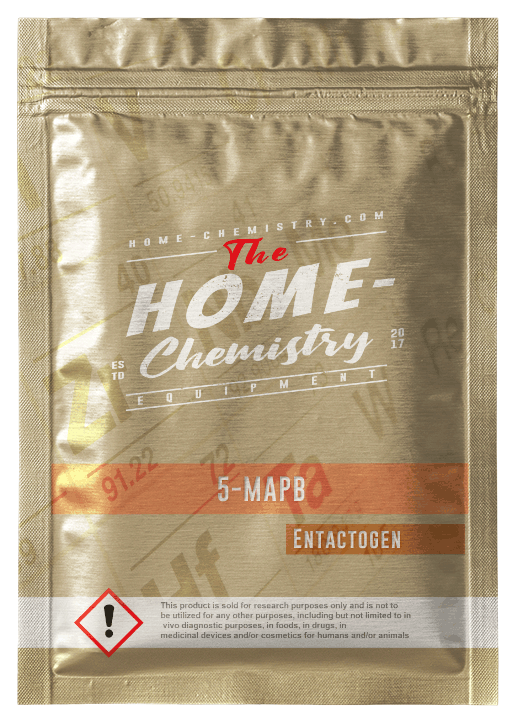
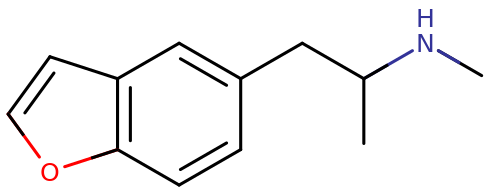
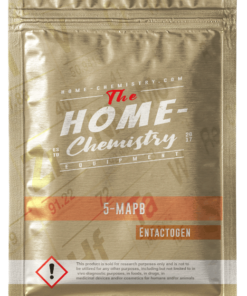

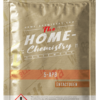

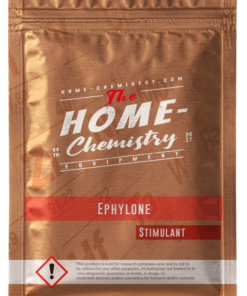

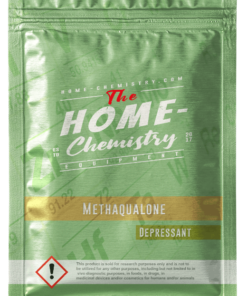






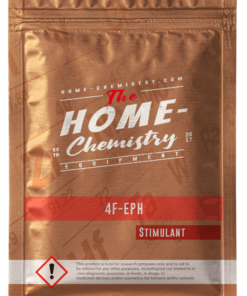

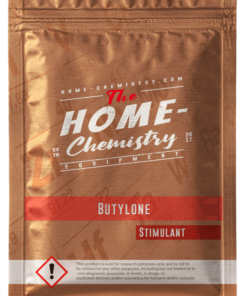

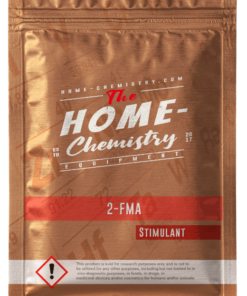

Geoffry.v.V22 –
Ingenious bags, 5 stars